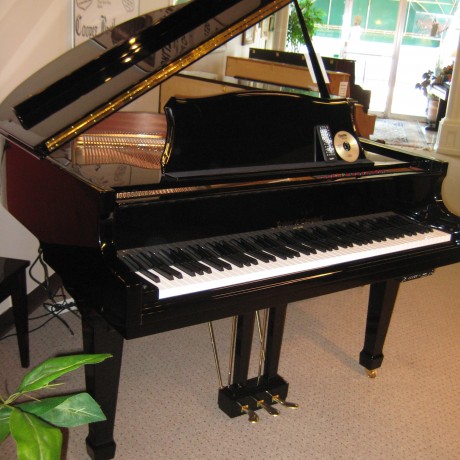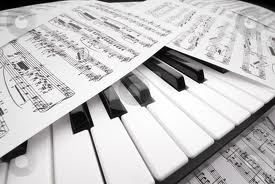As we continue to advance into a more deeply digital era, growth and innovation in technology is ever present. The seemingly evident advances in technology are seen in fields from science to music. Within the field of music, numerous instruments have had various digital dopplegangers created to match them. This advancement includes one of music’s most foundational instruments, the piano. The creation of the digital piano has ushered in a new and fascinating world of piano music and piano training.
fields from science to music. Within the field of music, numerous instruments have had various digital dopplegangers created to match them. This advancement includes one of music’s most foundational instruments, the piano. The creation of the digital piano has ushered in a new and fascinating world of piano music and piano training.
 fields from science to music. Within the field of music, numerous instruments have had various digital dopplegangers created to match them. This advancement includes one of music’s most foundational instruments, the piano. The creation of the digital piano has ushered in a new and fascinating world of piano music and piano training.
fields from science to music. Within the field of music, numerous instruments have had various digital dopplegangers created to match them. This advancement includes one of music’s most foundational instruments, the piano. The creation of the digital piano has ushered in a new and fascinating world of piano music and piano training.First, we need to establish the foundational differences between an acoustic piano and a digital piano. An acoustic piano produces sounds through a hammer striking strings. This is specifically referred to as the "piano," and the term "acoustic piano" is thus only used when differentiating between digital and non-digital pianos. In a digital piano, however, sounds from a piano are duplicated through means of ampliphiers and speakers. However, a digital piano is more than just a simple collection of faux piano sounds. These pianos consists of weighted keys, sensors that detect the speed with which you strike the keys and thus responses to those sensors, and typically the sounds in the piano sound bank have been duplicated from a very high quality acoustic piano and are played back through a series of high quality ampliphiers and speakers.
 As an added bonus most non-acoustic pianos typically offer an extended sound bank of "non-piano" sounds that include a lot of fun instrumental and gadgety sounds.Finally, there are several bonuses to digital pianos. These pianos, being computerized, do not have to be tuned and require relatively low maintenance. Also, because most of these pianos include a headphone jack, you can play your piano competely silently. With the add ons of extra, non-piano sounds and the assurance that the piano-duplicated sounds are typically very high quality, a digital piano is an investment that our technological advances should encourage each of us to make. A Clavinova is a trade mark used to market a digital piano made by Yamaha. Yes, they are the same.
As an added bonus most non-acoustic pianos typically offer an extended sound bank of "non-piano" sounds that include a lot of fun instrumental and gadgety sounds.Finally, there are several bonuses to digital pianos. These pianos, being computerized, do not have to be tuned and require relatively low maintenance. Also, because most of these pianos include a headphone jack, you can play your piano competely silently. With the add ons of extra, non-piano sounds and the assurance that the piano-duplicated sounds are typically very high quality, a digital piano is an investment that our technological advances should encourage each of us to make. A Clavinova is a trade mark used to market a digital piano made by Yamaha. Yes, they are the same.






